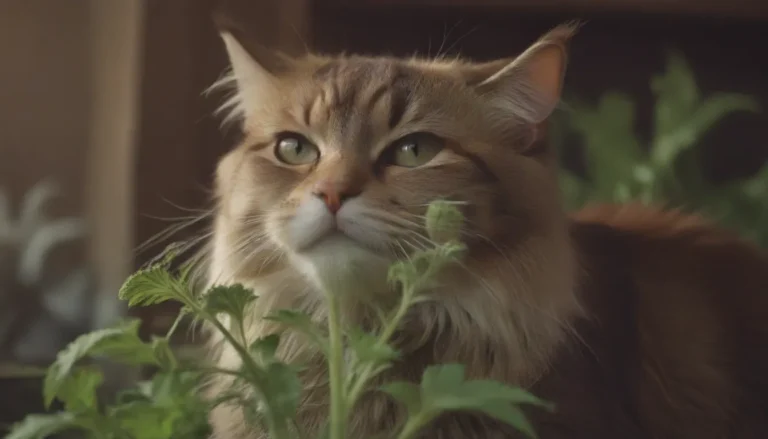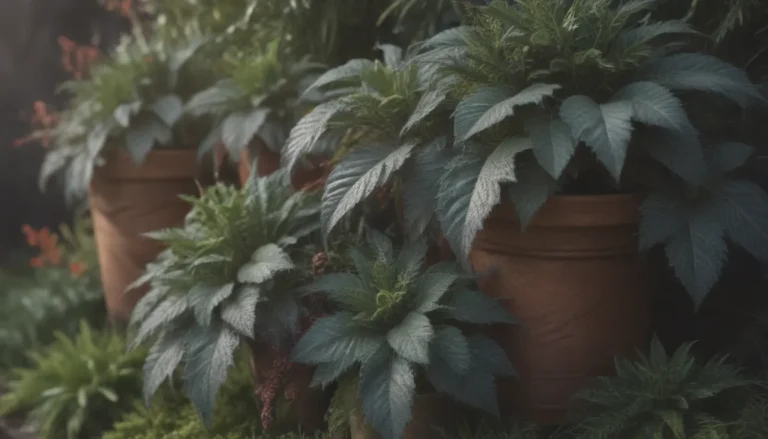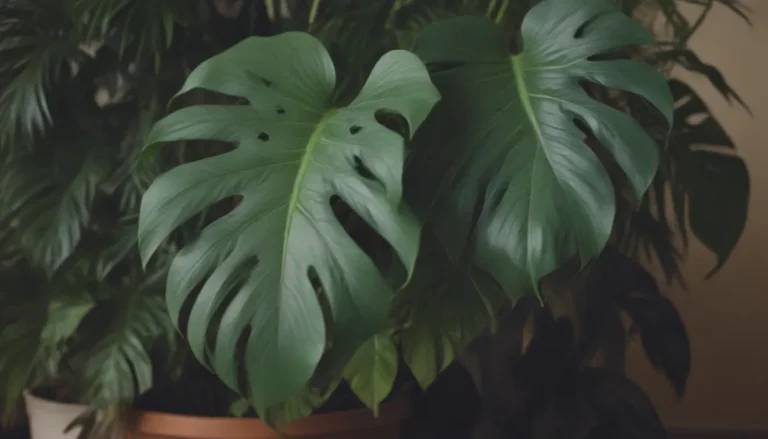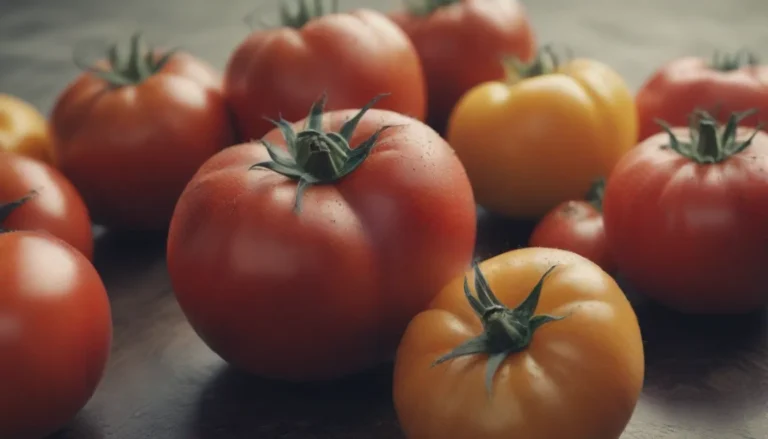The Ultimate Guide to Growing and Caring for Crassula Plants
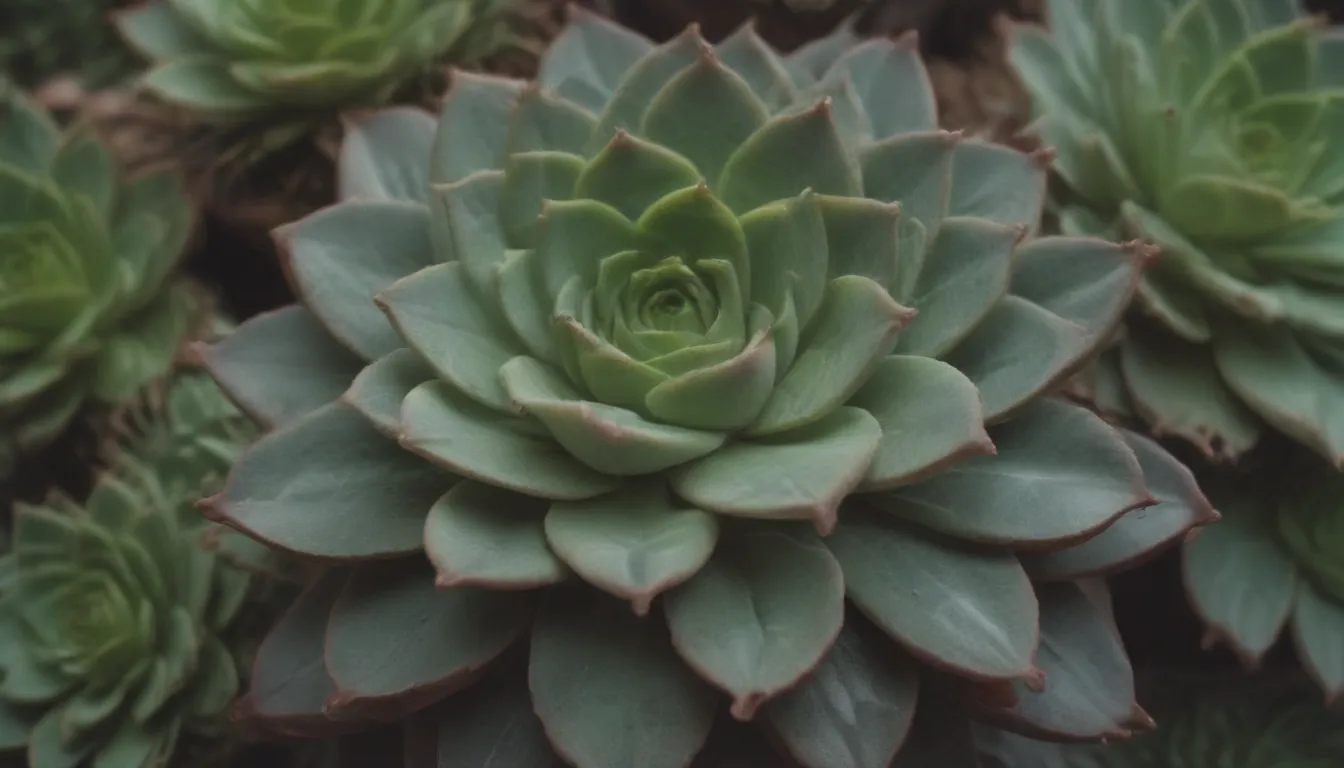
Are you a plant lover looking to add some diversity to your collection? If so, then crassula plants might be just what you need! This diverse genus of succulent plants includes around 300 species, ranging from small groundcovers to large shrubs and small trees. One of the most popular varieties is the emerald green jade plant, also known as Crassula ovata. These plants naturally thrive in South Africa with plenty of sunlight and well-draining soil.
In this comprehensive guide, we will explore everything you need to know about growing and caring for crassula plants. From light and soil requirements to watering tips and common problems, we’ve got you covered. So sit back, relax, and let’s dive into the wonderful world of crassula plants!
Crassula Plant Care
Here are the main care requirements for growing a healthy and happy crassula plant:
Light
Most crassula plants need shade in the hottest part of summer but require bright light to attain their most vibrant color. When grown outdoors, a site with morning sun and afternoon shade is perfect. If placed in full sun all day, the leaves may scald. Indoors, make sure your plants receive bright indirect light or direct sun for at least six hours a day. A southern-facing window is ideal for indoor crassula plants.
Soil
Crassula plants need very well-draining soil and will do best in sandy, rocky blends formulated especially for succulents. They prefer neutral to slightly acidic soil, but extreme pH levels rarely kill the plant. Avoid boggy, wet soils as their roots can easily rot.
Water
As a general rule of thumb, succulent plants prefer sparse watering. To avoid overwatering, soak the plant, allow it to drain completely, then wait for the soil to dry out before watering again. Crassula plants, like jade plants, are ideal for those who tend to neglect their plants as they have low water needs. Adjust watering frequency based on the season – reduce watering during cooler months and increase in spring when the plants start actively growing.
Temperature and Humidity
Crassula plants can be sensitive to temperature. Make sure they are not too hot or too cold, as extreme temperatures can cause damage. In zones 10 through 12, crassula plants can be grown outdoors, but elsewhere, consider bringing them indoors during winter. These plants prefer low humidity but can tolerate humid climates.
Fertilizer
Feed crassula plants sparingly with organic fertilizer suitable for succulents. Fertilize in summer when they start actively growing, but avoid overfeeding as it is unnecessary.
Types of Crassula
With so many species and cultivars to choose from, you may find yourself becoming a collector of crassula plants. In addition to the standard jade plant cultivars, here are a few others that may catch your eye:
- Crassula ‘Morgan’s Beauty’
- Crassula erosula ‘Campfire’
- Crassula pellucida variegata
- Crassula perforata
- Crassula arborescens
- Crassula muscosa
- Crassula capitella
Pruning and Propagating Crassula Plants
All crassula species can be pruned back about 1/3 of their growth whenever they get straggly or leggy. Propagating crassula plants is easy and can be done from leaf or stem cuttings. Even a single leaf that falls from the plant can take root in potting mix. Propagating with cuttings is faster and easier than growing new plants from seed.
How to Grow Crassula From Seed
Sow seeds in spring or summer and expect germination within five days to three weeks. Follow these steps to grow crassula plants from seed:
- Sow seeds in well-draining soil.
- Keep the soil moist but not waterlogged.
- Provide bright, indirect light.
- Watch for seedlings to emerge within a few weeks.
Potting and Repotting Crassula Plants
For succulent container gardening enthusiasts, crassula plants are perfect container plants. Choose a medium-sized pot with excellent drainage holes and use a potting soil specifically for succulents. Monitor the soil’s moisture levels and repot as needed to ensure healthy growth.
Common Pests and Problems
While crassula plants are generally low-maintenance, they may still encounter pests and issues from time to time. Common pests include aphids, spider mites, and mealybugs, which can be treated using non-chemical remedies like neem oil. Monitor your plants for signs of overwatering, underwatering, or light stress, and adjust care accordingly.
Common Problems with Crassula
- Leaf drop: Crassula plants prefer being underwatered to overwatered. Watch for signs of extremely dry leaves, soft or shriveling stems, or leaves turning brown.
- Yellowing Leaves, Drooping Stems: Overwatering can cause yellowing leaves, drooping stems, and root rot. Allow the plant to dry out completely before watering again.
- Leaves Turning Red: Reddish leaves can indicate stress from sunlight, lack of nutrients, or water. Move the plant to a spot with less light if needed.
In conclusion, crassula plants are a wonderful addition to any plant lover’s collection. With the right care and attention to detail, these unique succulents can thrive and bring beauty to your home or garden for years to come. Whether you’re a seasoned gardener or a beginner looking to explore the world of succulents, crassula plants are sure to delight and inspire.
Remember to enjoy the journey of growing and caring for your crassula plants, and don’t be afraid to experiment with different varieties and techniques. Happy planting!
